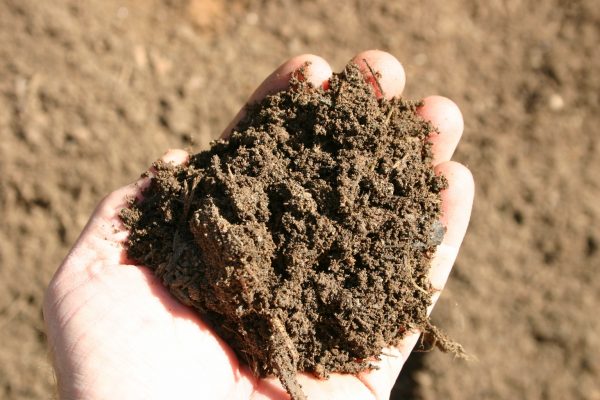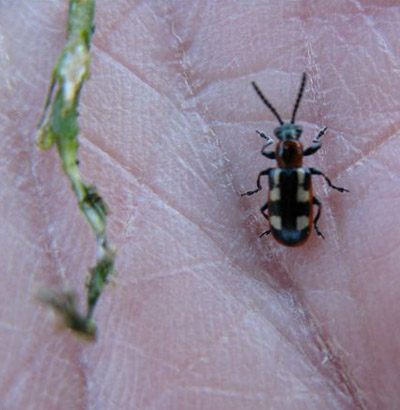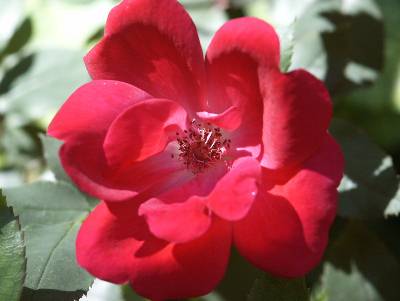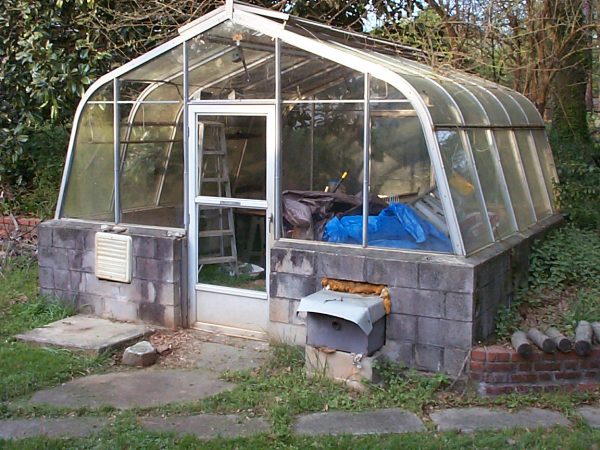Tarragon

TARRAGON, FRENCH
Artemisia dracunculus
TARRAGON, MEXICAN
Tagetes lucida
taken from The Georgia Fruit and Vegetable Book by Walter Reeves and Felder Rushing
True French Tarragon is a vegetatively propagated, 2-foot-tall perennial herb of outstanding character.
• See also Home Garden Tarragon
It is the most important herb in French cuisine, used in béarnaise, tartar, rémoulade, and hollandaise sauces; in salad dressings, mayonnaise and soups; and in egg, pork, or chicken dishes. It also makes an outstanding vinegar. A half dozen plants are enough for most gardeners.
Mexican Tarragon grows much better in the lower South than French Tarragon. It has an excellent anise flavor and can be used in any dish that calls for “real” Tarragon.
When to Plant
Set out started plants or divide plants in your garden in early spring; they can stand a freeze. The plants spread by underground stems. Dig established plants and separate the new offshoot plants.
Where to Plant
Plant Tarragon in full sun (8 to 10 hours will suffice) or light shade (filtered sun all day or shade part of the day) in fertile, well-drained soil. Set it to one side of the garden where it will not be disturbed by other gardening activities.
How to Plant
True French Tarragon is available from garden centers and mail-order suppliers only as plants. The herb does not come true from seed. Seed types are available but are of vastly inferior quality and not worth growing. Buy plants or divide existing plants. Prepare the soil. Space plants or divisions 1 foot apart in each direction in beds or in rows.
Care and Maintenance
Pinch newly started plants to encourage branching. Water to keep plants from wilting; 1 inch per week is sufficient. Use caution with fertilizing because it will produce rank, floppy plants. Repeated harvesting throughout the season will encourage the development of fresh, new leaves. Divide the plants every 3 or 4 years. Pests seldom bother Tarragon but indoors, mites may become troublesome. Spray the plants with insecticidal soap and be sure to rinse the leaves thoroughly before using them in cooking.
ADDITIONAL INFORMATION
As soon as the plants are vigorously growing, begin to harvest leaves as needed. Tarragon loses most of its flavor when it is dried. To have fresh Tarragon all winter, lift a few plants in the fall before they begin to go dormant. Clip them back to a convenient size, pot them and move them indoors to a cool, bright place. Move them back to the garden in the spring. Tarragon is often seen growing in pots on balconies where it is easily available to the cook. Grow it in artificial soil mix and be sure that the pot has adequate drainage because having wet feet causes more winter kill than the cold does.















